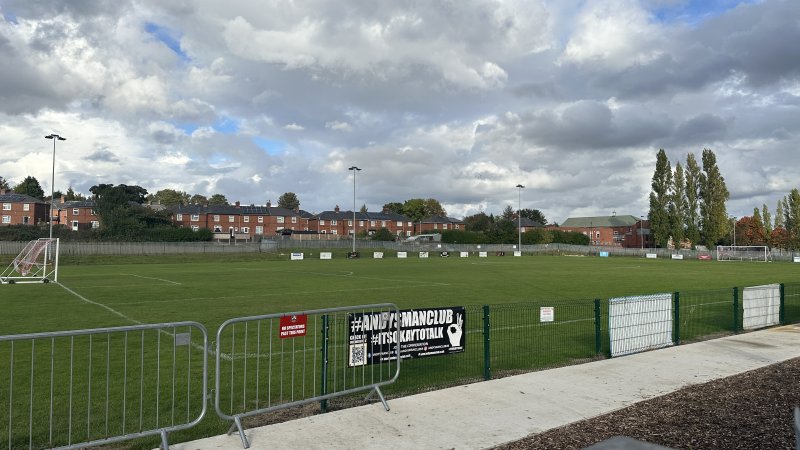POLICE officers who were called to the Manvers riots last August were anticipating a ‘peaceful protest’ rather than the violent scenes which occurred, a government report revealed this week.
Last summer significant disorder took place in UK towns and cities following the murders of Bebe King, Elsie Dot Stancombe and Alice Da Silva Aguiar in Southport.
An estimated 40,000 additional officer shifts were required by police officers in a ten-day period and over 1,500 arrests were made in response to the disorder./
On Sunday, August 4, it is believed that around 700 people turned up to the Holiday Inn at Manvers - where rioters proceeded to break into the hotel and light a fire at its side door causing significant disruption.
More than 60 officers were injured when violence flared outside the hotel, which was being used to house more than 200 asylum seekers.
A total of 89 people have so far been sentenced for their role in the violent disorder.
Of those sentenced, 78 have received custodial sentences - totalling more than 218 years.
A report by the Home Affairs Committee - a cross-party committee of MPs - released a report into the police’s response into the disorder this week.
It states that across the country, a failure to anticipate the intensity of the violence ‘undermined the potential for proactive policing’.
Chief Constable Lauren Poultney said that South Yorkshire Police were anticipating a similar protest to the one a year earlier at the same venue, which was significantly less violent.
The report states: “Chief Constable Poultney told us that the assessment was based on a peaceful protest at the same site a year previously, as well as an assessment of intelligence and social media which suggested that a peaceful protest was planned.
“Moreover, the targeted nature of the planned protests could itself be said to be non-peaceful - as one Sheffield City Councillor wrote in reference to the violence in Rotherham, ‘peaceful protests do not target marginalised communities, do not seek to intimidate; do not encourage arson and attempted murder’.
“As well as this, by the time of the planned protest in Rotherham on Saturday 4 August, protests had already turned into disorder in several towns and cities including Southport, London, Hartlepool, Aldershot, Sunderland and Hull, and the National Police Chiefs’ Council’s National Mobilisation Co-ordinator had asked forces, on Thursday 1 August, to review their intelligence for upcoming events, adopt a risk-averse approach and ensure their forces could respond to disorder.
“The levels of violence seen across the country last summer were the worst since 2011.
“Police officers worked tirelessly to respond to the disorder and it was only through their efforts that more serious injury and property damage was prevented.
“Nevertheless, in several cases it appears that police forces were unprepared for the level of violence and were initially unable to take a proactive approach to policing, leaving officers exposed to significant risk.
“Given the background of recent disorder, we agree with His Majesty’s Inspectorate of Constabulary and Fire and Rescue Services that police forces should have better anticipated the risk of disorder in general.
“After disorder in Southport, police forces should not have taken it for granted that subsequent planned protests would remain peaceful.”
Unsubstantiated and ‘disgraceful’ claims of ‘two-tier policing’ served only to undermine police officers, the report added.
Chair of the Home Affairs Committee, Dame Karen Bradley said: “Lessons must be learned from how the whole criminal justice system worked together.
“It is a grim reality that bad actors sought to exploit the unspeakable tragedy that unfolded in Southport.
“By failing to disclose information to the public, false claims filled the gap and flourished online, further undermining confidence in the police and public authorities.
“The criminal justice system will need to ensure its approach to communication is fit for the social media age.
“There is a difference in how police must deal with violence and how they deal with peaceful protests.
“This needs to recognised by commentators who all too readily spread claims of ‘two tier policing’.
“Organised disorder is rightly met with a robust response - any implied equivalence with planned non-violent protests is simply wrong.”
********
A MAN who rammed shopping trollies into police vehicles during the violent disorder at Manvers claimed he was only there to ‘feed the ducks’ at a local lake.
James Garbutt, 41, of Kingsbrook Chase in Wath, was captured on video parading through the disorder with his young son sat on his shoulders.
The 41-year-old was seen pushing shopping trolleys into a police car - which had arrived to provide support to both the occupants of the hotel and the officers protecting the building.
Garbutt was identified through the several video clips which showed his shameful actions and admitted it was him in the videos once he was arrested.
However he claimed he had been at the hotel to ‘feed the ducks’ with his son at Manvers Lake.
Describing his actions as a ‘moment of stupidity’, Garbutt admitted his part in the deplorable scenes of violence.
He pleaded guilty to violent disorder at Sheffield Crown Court on Monday and was sentenced to two years and four months in jail.
Garbutt was also handed a ten-year criminal behaviour order.



























